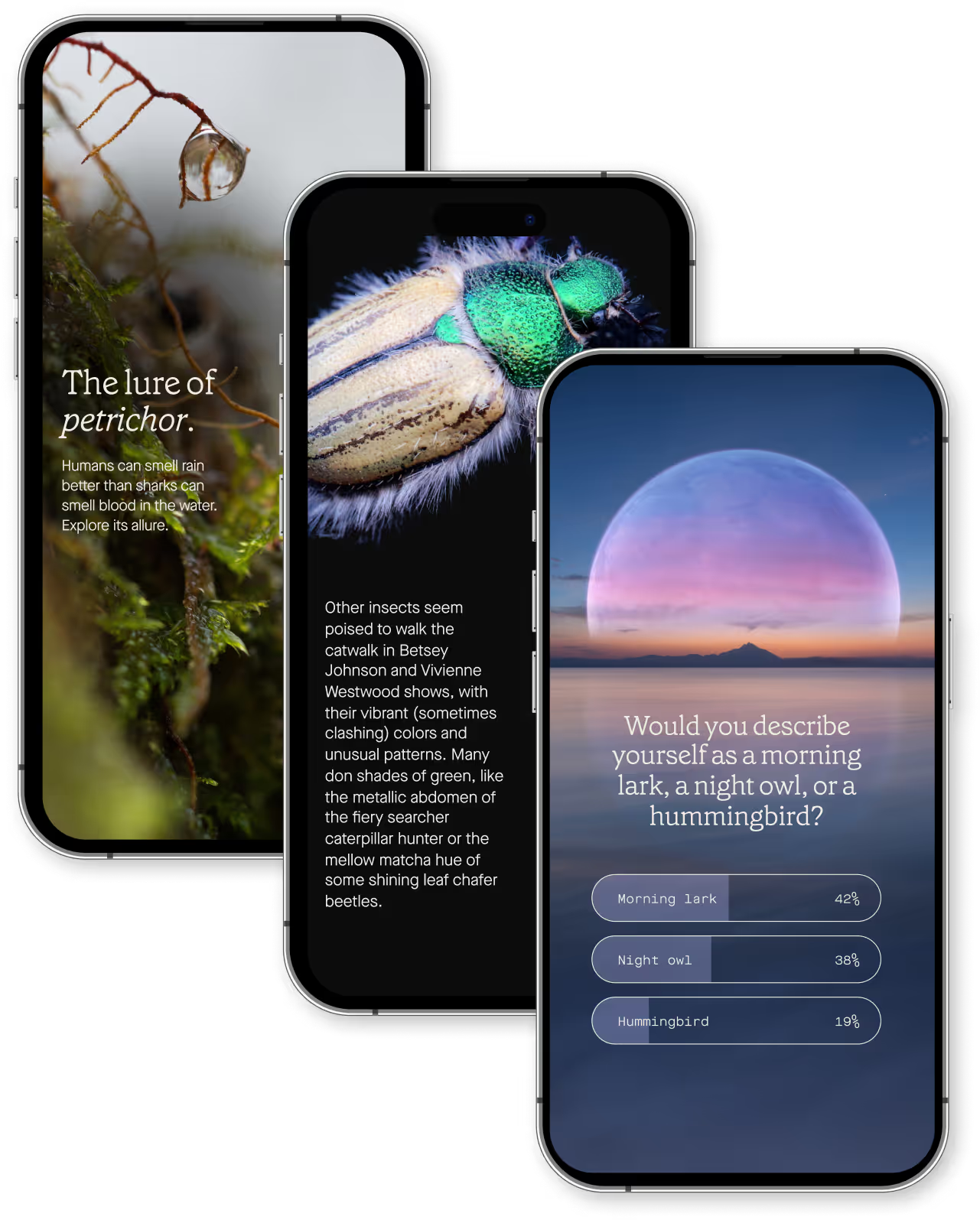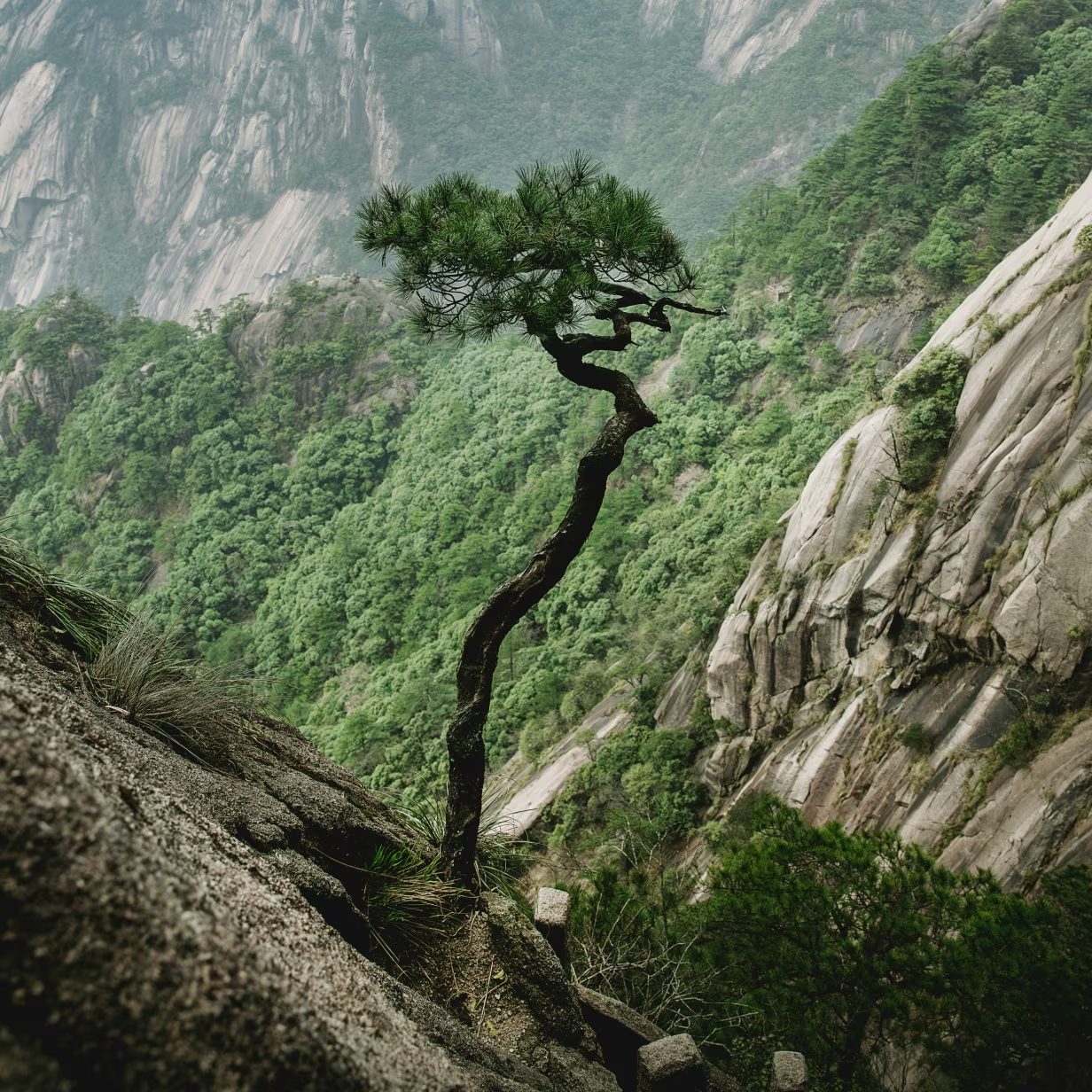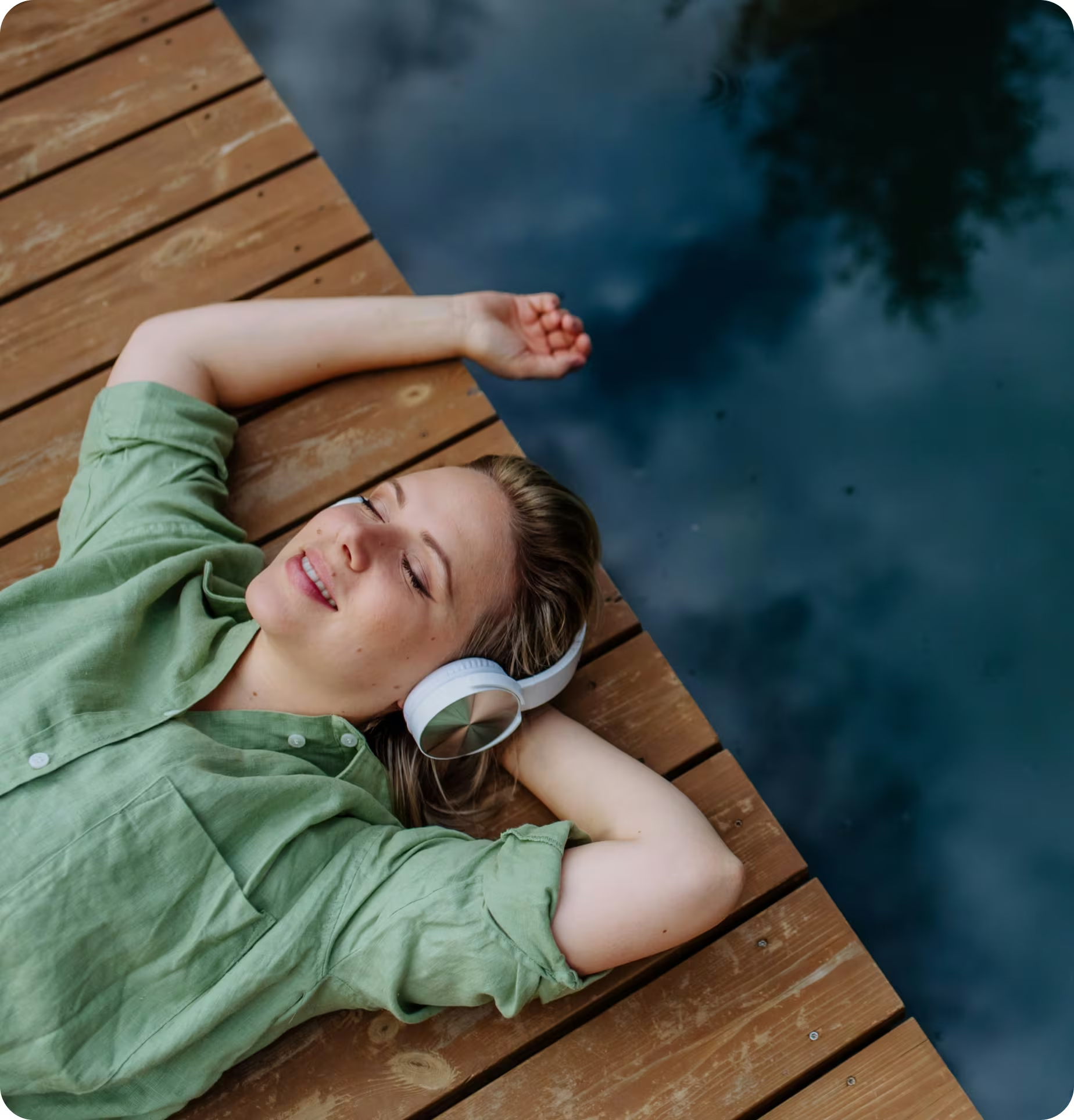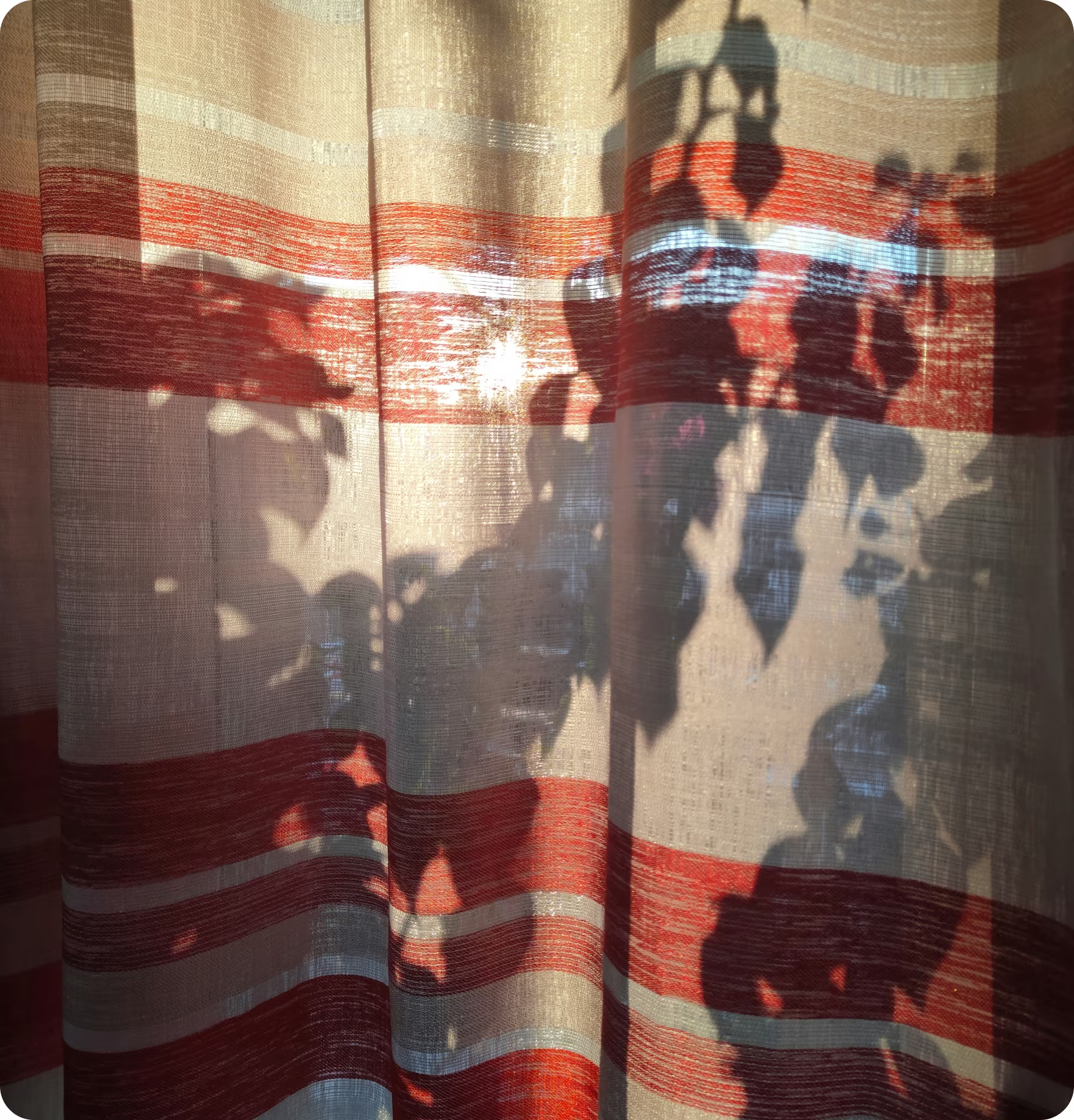
Bored out of our Minds
Boredom might be more meaningful than it seems. Reflect on its roots, risks, and unexpected rewards.
Key Takeaways:
- Boredom is both a psychological and philosophical signal—it may indicate a lack of stimulation or a deeper search for purpose.
- Historical thinkers viewed boredom as a state of spiritual or intellectual unrest, from ancient Roman essays to Renaissance melancholia.
- Modern research links boredom to impulse control issues and mental health risks, especially when it's prolonged or chronically avoided.
- Technology offers endless distractions, but avoidance of boredom may reduce creativity and hinder emotional self-awareness.
- Learning to sit with boredom can unlock cognitive benefits, including increased problem-solving and renewed clarity of intention.
Boredom is somehow both mundane and mysterious. We've all experienced the familiar pangs of restlessness that boredom conjures while sitting in waiting rooms or even at home. It creeps up on us unexpectedly, a low-level anxiety forming a constant hum as we yearn for a new target for our attention.
While it's easy to identify the experience of boredom, defining it in concrete terms has proven more difficult. Psychologists and philosophers can agree that boredom is generally a feeling of absence. The former often pinpoint boredom as an indicator that satisfactory stimuli are missing from one’s life—that boredom is an issue of attention and disengagement. The latter define boredom’s idleness as a harbinger of one’s search for deeper meaning and intention, an emotion borne out of one’s need for greater purpose or connection.
The term itself traces back to the mid-19th century. Charles Dickens is often cited as the first author to use boredom as a descriptor for a character’s subjective feelings in his 1852 novel Bleak House. The dreary dullness of boredom is frequently tied to the 1800s, as the rise of the modern work schedule cleaved productive hours from leisure time. For people of a certain stature, modernity necessitated the development of novel ways to entertain oneself when not preoccupied with an occupation.
But long before Dickens, others had described disquieting mental states eerily similar to our modern boredom. In a first-century essay, Seneca the Younger outlined the symptoms of taedium vitae, a nausea onset by contemplation or rumination on the monotony of life. Four centuries later, John Cassian mentioned that monks could fall into a funk called acedia, a languid and unproductive state. In the Renaissance, this listless state was known as melancholia; a mental sluggishness believed to be brought on by being too studious.
In more recent decades, boredom has been linked to capitalism. Theodor Adorno argued that boredom was a byproduct of our economic system. He believed that the compulsion to work within our regimented lives had created a deficit in meaning that has, unsurprisingly, affected our vitality. The societally-driven compulsion to be productive many of us feel today has paradoxically led us to be more attuned to boredom.
In the era of overstimulation, it is commonplace to fight tooth and nail against the lurking anxiety of idleness. Technology has armed us with more distractions than ever in this battle, as the internet has provided us with countless diversion, from online gaming to TV binge-watching to social media scrolling. But this glut of entertainment has perhaps created an expectation for engagement that is not sustainable. Rather than filling the boredom void with more pablum, new research suggests that exploring and examining boredom might benefit us.

Image courtesy The Metropolitan Museum of Art.
Engaging with boredom.
Boredom is an adaptive behavior that has only become the subject of scientific inquiry within the past few decades. While the impetus of boredom is likely rooted in a complicated web of biological and social forces, the risks associated with prolonged bouts of boredom are much more straightforward. A bevy of studies have identified boredom as a risk factor for depression and anxiety and demonstrated a correlation between disengagement and impulse control issues, like substance abuse and gambling. Other studies have suggested that boredom in the elderly can speed up mental degeneration and lead to more risky behavior in young people.
Research suggests that you might paradoxically become more apt to be bored if you always try to avoid boredom - and it seems like some of us will go to great lengths to do so. A 2014 study found that many people would rather suffer an electric shock than sit alone with their thoughts for 15 minutes. One participant was so fearful of being bored that he shocked himself 190 times. All of this avoiding might be cause for concern because a 2010 study found that people who more easily identified as boring were 2.5 times more likely to die of heart disease than those who did not.
Feeling bored is frequently a sign that we need different stimuli. In some sense, boredom can be understood as a desire to be productive or mentally stimulated, but an inability to do so. Identifying why you feel bored can align your desires with your surroundings and available resources. These moments of idleness can create the mental space needed for creativity and innovation. A 2014 study found that participants who had been induced into a state of boredom solved more word problems than those who had not recently felt bored. Learning how to be bored and giving your mind the time to wander can be restorative, and finding meaning in your activities can help you reorient your relationship with boredom. Despite how uncomfortable boredom may feel, sometimes doing nothing is precisely what we need.

Image courtesy The Metropolitan Museum of Art.
References
1 Talbot, Margaret. “What Does Boredom Do to US-and for Us?” The New Yorker, 20 Aug. 2020.
2 Popova, Maria. “Kierkegaard on Boredom, Why Cat Listicles Fail to Answer the Soul's Cry, and the Only True Cure for Existential Emptiness.” The Marginalian, 4 May 2016.
3 “The History of Boredom.” Smithsonian.com, Smithsonian Institution, 20 Nov. 2012.
4 Hunt, Elle. “Why It's Good to Be Bored” The Guardian, Guardian News and Media, 3 May 2020.
Build your practice of daily discovery.
7 days free.

Sign up for more bites of curiosity in your inbox.
Ongoing discoveries, reflections, and app updates. Thoughtful ways to grow with us.

















.svg)


